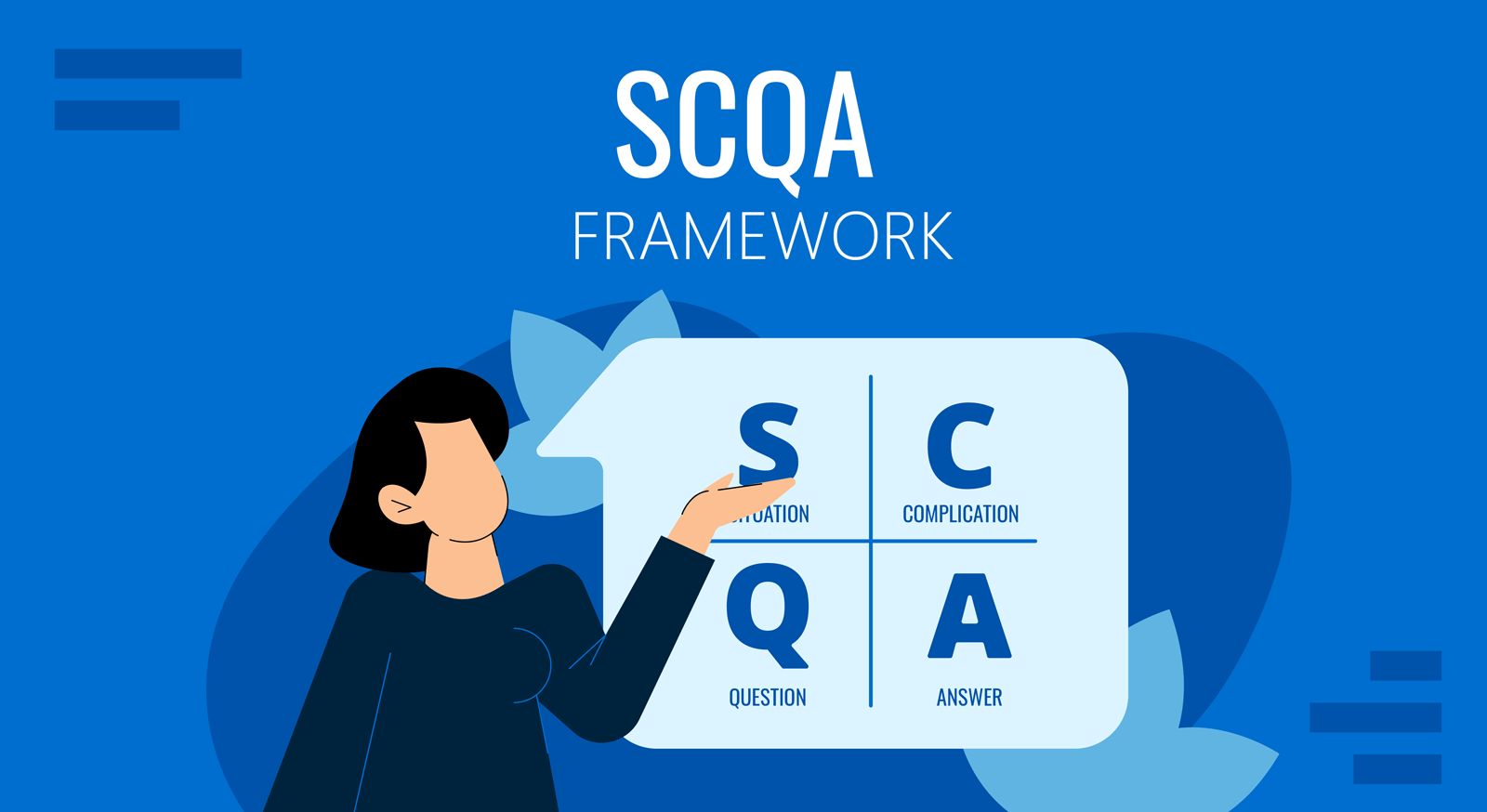Effective communication and decision-making are paramount in the dynamic and ever-evolving landscape of leadership. The SCQA framework has surfaced as a potent resource to address this growing need. Originating from journalism, this structured approach to problem-solving has found its way into the leadership toolbox, proving to be an invaluable asset for leaders navigating complex challenges with finesse.
Origins of the SCQA Framework
The SCQA framework, an acronym for Situation, Complication, Question, and Answer, has its roots in journalism. Developed as a systematic approach to reporting, this framework’s history can be traced back to the early 20th century. Journalists, faced with the challenge of distilling complex news stories into clear and concise narratives, began adopting the SCQA method to ensure that their reporting addressed the fundamental aspects of any given issue.
As the field of journalism evolved, so did the recognition of the framework’s effectiveness in breaking down complex information into a comprehensible narrative. Journalists discovered that by presenting the situation, acknowledging potential complications, posing critical questions, and providing answers, they could deliver news stories that were informative and easily digestible for their audience.
Why is it Important to a Leader?
In the fast-paced world of leadership, swift and accurate decision-making is crucial. The SCQA framework equips leaders with a structured process to analyze situations, identify complications, formulate key questions, and arrive at well-considered answers. This method fosters clarity in thinking and promotes effective communication by breaking down complex issues into manageable components.
Leaders constantly face multifaceted challenges that demand a comprehensive understanding before decisive action can be taken. The SCQA framework serves as a guiding light, ensuring that leaders thoroughly assess situations, anticipate potential complications, and arrive at strategic solutions that stand up to scrutiny.

Putting SCQA into Practice: A Step-by-Step Guide
1. Situation (S):
– Define the current state of affairs:
– Clearly articulate the context and background of the issue at hand.
– Avoid assumptions and gather factual information.
Example: Consider a manufacturing company facing a sudden drop in production. Define the situation by examining factors like machinery malfunctions, supply chain disruptions, and workforce issues.
2. Complication (C):
– Identify potential challenges or roadblocks:
– Analyze how the situation might deviate from the norm.
– Anticipate obstacles that could impact decision-making.
Example: In the same manufacturing scenario, complications could involve identifying the specific machines causing delays, addressing supplier challenges, and understanding the impact on employee morale and productivity.
3. Question (Q):
– Formulate key questions that need to be addressed:
– Prioritize questions based on their significance.
– Ensure that questions guide the exploration of solutions.
Example: Pose questions such as: “Which machines are causing the bottlenecks?”, “What strategies can we employ to enhance the efficiency of our supply chain?” and “What measures can we implement to boost employee morale and productivity?”
4. Answer (A):
– Systematically address each question:
– Consider multiple perspectives and potential outcomes.
– Formulate a well-grounded and thoughtful response.
Example: With the insights gained, formulate solutions like implementing preventive maintenance, diversifying suppliers, and introducing employee engagement initiatives to address the identified challenges.
The SCQA framework emerges as a powerful tool in the complex leadership landscape, offering a structured approach to decision-making and problem-solving. Leaders who embrace this method find themselves equipped to navigate challenges precisely and communicate effectively with their teams. By understanding the origins of the SCQA framework, recognizing its importance, and implementing it in practice using the step-by-step guide, leaders can elevate their decision-making processes to new heights, ensuring a strategic and well-informed approach to leadership.



